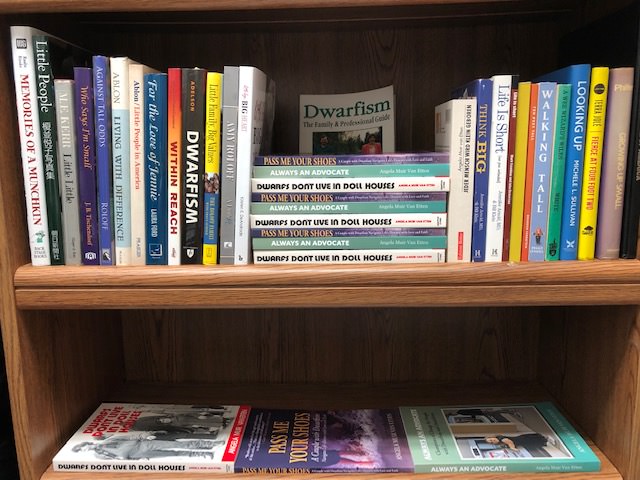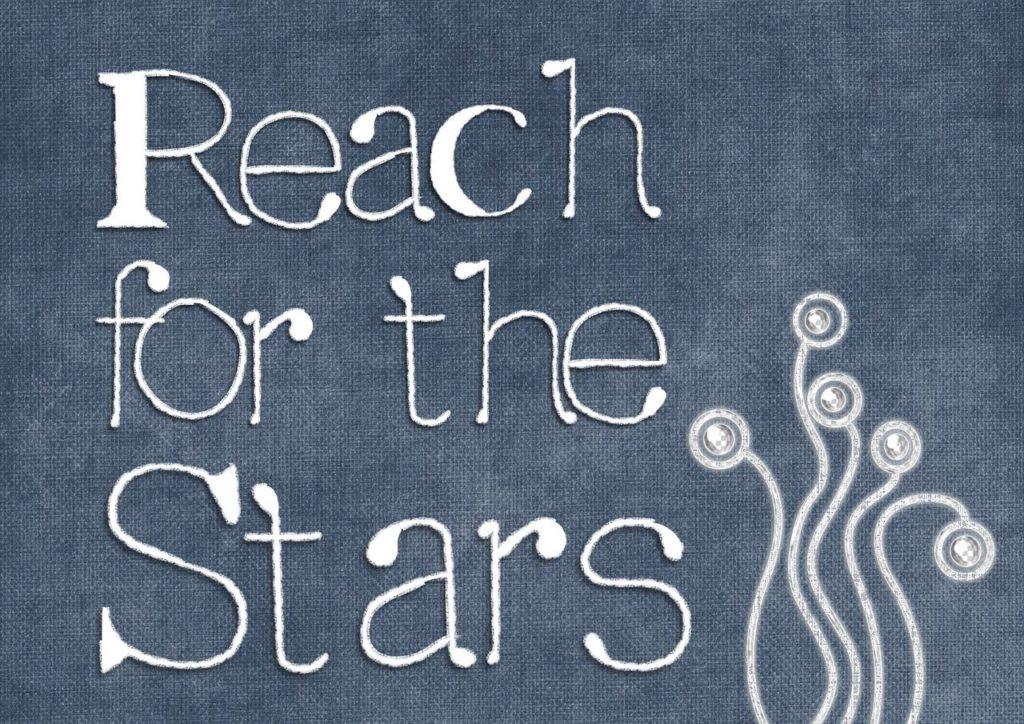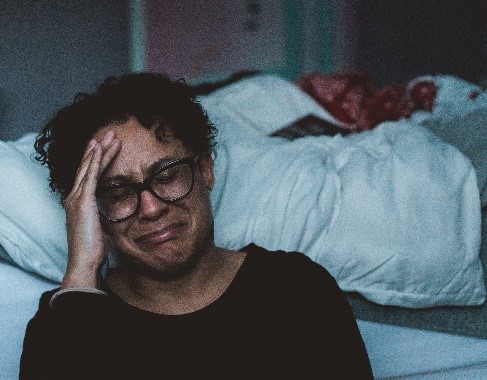
Question:
What does amputation, burn injuries, deafness, autoimmune disorder, dyslexia, ADHD, multiple sclerosis, dwarfism, and blindness have to do with one another?
a) disability
b) dancing
c) different ability
d) all of the above
Answer:
d) as demonstrated by 11 celebrities with disabilities paired with professionals in Dancing with the Stars from Season 4 to Season 27.
Want to subscribe to receive blog updates sign up today!
In season 4, Heather Mills competed to show you can do anything with an artificial leg. Amy Purdy dancing with two below the knee prosthetics was runner-up in season 18. Third place in season 20 went to Noah Galloway who danced with both a prosthetic arm and leg. Judge Carrie Ann Inaba said Noah broadened her scope of what dance looks like.
In Season 6, Marlee Matlin shattered the notion that hearing the music is integral to dancing. Instead she relied on her partner to express the music to her in his body. In Season 22, Nyle DiMarco described “seeing” the music that his ears couldn’t hear. Along with memorizing the timing of his partner’s moves and scratch and squeeze signals, they danced their way to winning the coveted Mirror Ball trophy.
The season 13 winner, J.R. Martinez, has severe burns on more than 34 percent of his body. He competed to give burn survivors hope, pride in their scars, and belief in themselves while facing their fears and limitations.
Jack Osbourne, a Season 17 celebrity with multiple sclerosis, danced to raise awareness and more research. He encouraged those with MS to set and accomplish achievable goals every day. Osbourne finished third.
Attention-deficit/hyperactivity disorder (ADHD) featured as a disability for celebrity and professional dancers alike. Both Jack Osbourne and Nev Schulman—Season 29 runner up—have ADHD. Professionals Daniella Karagach, Karina Smirnoff, and Derek Hough also use dance as a place to channel their excess energy and improve focus.
In Seasons 23 and 25, Terra Jole and Victoria Arlen both reached the semifinals. Terra, who has dwarfism, announced that being different is a great thing. And Victoria, an autoimmune disorder survivor, aspires to replace the term “disability” with “different ability.”
In season 27, Danelle Umstead relied on her partner for guidance. Because she is blind, touching his shoulders or legs allowed her to feel the movement and paint herself a picture.
Just as Dancing with the Stars showcases the beauty of dance, the celebrities with disabilities demonstrated the diversity of dancers. No matter the disability, dance has a place for everyone. Wheelchair users. Cane and crutch users. People with Down Syndrome. You name it.
And as Joe Powell-Main, UK para-dance champion who performs in his wheelchair said, “Sometimes it doesn’t look like conventional ballet—people in point shoes, legs up by their ears—but there needs to be a willingness to look beyond that and see that it’s different.”
On this 40th anniversary of International Dance Day (April 29), let’s dance to improve our mood, creativity, mental and physical health, self-confidence, ability to follow instructions, and perseverance. Let’s all dance in our own different style.
For discussion of diverse disability issues, link to my weekly blog and book trilogy on my website at https://angelamuirvanetten.com.



